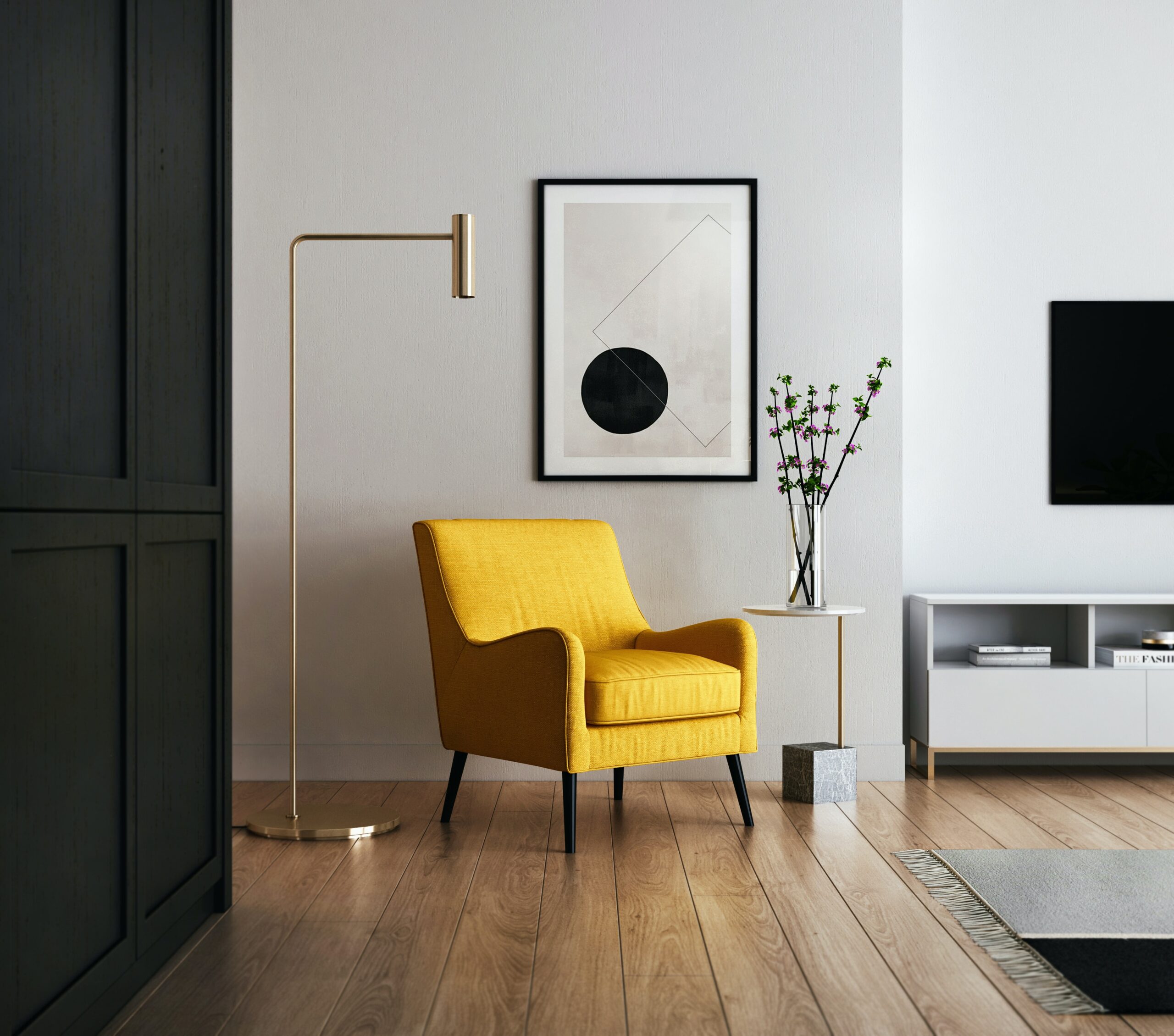Introduction
As technology continues to advance, more and more homeowners are embracing the concept of smart homes. Smart home technology offers convenience, security, and energy efficiency, making it a popular choice for modern homeowners. In this blog post, we will explore the benefits of incorporating smart home technology into your design and provide some tips on how to seamlessly integrate it into your home.
Benefits of Smart Home Technology
1. Convenience: One of the main advantages of smart home technology is the convenience it offers. With a smart home system, you can control various aspects of your home, such as lighting, temperature, and security, with just a few taps on your smartphone or voice commands. This level of control and automation can greatly simplify your daily routines and make your life easier.
2. Energy Efficiency: Smart home devices are designed to optimize energy usage, resulting in lower utility bills and reduced environmental impact. For example, smart thermostats can learn your preferences and adjust the temperature accordingly, saving energy when you’re not at home. Smart lighting systems can automatically turn off lights in unoccupied rooms, further reducing energy waste.
3. Security: Smart home technology provides enhanced security features that can give you peace of mind. From smart locks and video doorbells to security cameras and motion sensors, these devices can help you monitor and protect your home from anywhere. You can receive real-time notifications and remotely control your security system, ensuring that your home is safe and secure.
Integrating Smart Home Technology into Your Design
1. Start with a Plan: Before incorporating smart home technology into your design, it’s important to have a clear plan. Consider which areas of your home you want to automate and the specific features you desire. This will help you determine the best devices and systems to meet your needs.
2. Choose Compatible Devices: When selecting smart home devices, ensure that they are compatible with each other and can be seamlessly integrated into your home’s design. Look for devices that use the same communication protocols, such as Wi-Fi or Zigbee, to ensure smooth operation.
3. Concealment and Integration: To maintain the aesthetic appeal of your home, consider concealing smart home devices when possible. For example, smart thermostats can be installed discreetly, and smart switches can replace traditional ones without compromising the overall design. Additionally, consider integrating devices into existing home automation systems, such as audio or lighting systems, for a cohesive and streamlined look.
4. Prioritize User-Friendly Interfaces: While smart home technology offers advanced features, it’s important to prioritize user-friendly interfaces. Opt for devices that are intuitive and easy to use, both for you and your family members. Consider voice control options, touchscreens, or smartphone apps that simplify the control and management of your smart home system.
Conclusion
Incorporating smart home technology into your design can transform your living space into a convenient, energy-efficient, and secure environment. By carefully planning, selecting compatible devices, and integrating them seamlessly into your home, you can enjoy the benefits of smart home technology without compromising on style or functionality. Embrace the future of home automation and create a truly smart home that caters to your needs.

